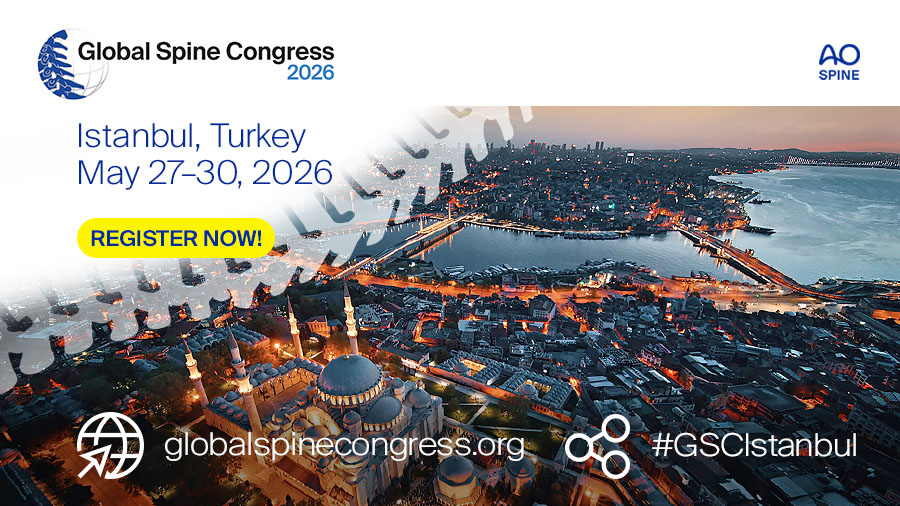Knowledge does not equal action—bridging the chasm between research evidence and its application
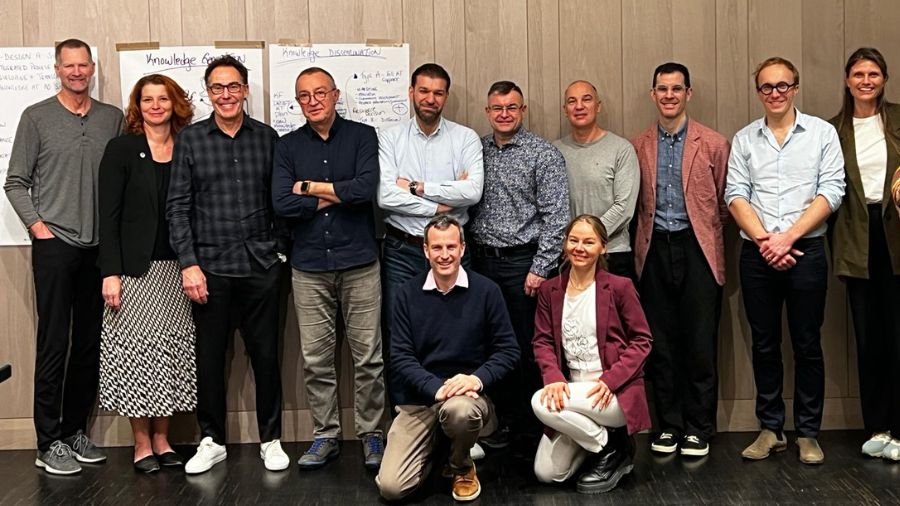
In the medical world, progress cannot happen without new knowledge. Researchers conducting innovative research often presume that sharing their breakthroughs in scientific journals or presenting at conferences will directly contribute to improving patients care. While dissemination through these channels is crucial, it is equally imperative to recognize that the journey from groundbreaking research to tangible improvements in patient outcomes involves more than just raising awareness. It's not only about what we discover but also about how effectively we can translate those findings into real-world applications for the benefit of patients.
Researchers have found that, on average, it takes a baffling 17 years for scientific evidence to be adopted at a clinical level—notwithstanding the fact that it is disseminated by the traditional means of scientific publications or conferences. To reduce the gap between research evidence and application, the concept of knowledge translation was introduced focusing on accelerating the update of findings into healthcare decision making and practice. After all, swift scientific progress is as dependent on knowledge translation as it is on the research itself. Due to its international outlook and its strong footing in research, education, and community, the AO Foundation is uniquely placed to turn itself into a prime destination for knowledge translation.
In February 2024, the new AO Spine Knowledge Translation task force started designing a sustainable, integrated framework for generating and translating knowledge. In photo, from left to right: Richard Bransford, Olesja Hazenbiller, Charles Fisher, Emre Acaroğlu, Muzahem Taha, Klaus Schnake, Asdrubal Falavigna, Mike Kelly, Ben Davies, Janneke Loomans, Lisa Petermann, Jayr Bass, and Daisy Kudre-Schnyder.
Emphasizing action, not just the question
At its core, knowledge translation is about involving the right people at the right time. One of the challenges therefore is to establish a solid understanding of exactly who needs to know what, and what each person needs to do differently in order to successfully put new knowledge into action. Simply making new results available to practitioners in the operating theater will not be sufficient.
As there’s significantly more research published, it’s becoming more challenging for surgeons to stay up to date on the latest insights in their fields. Even surgeons who constantly keep themselves up to date on all the latest research in their specialty may not be able to implement insights directly in their work. Implementation may depend on local and environmental factors like available equipment or working processes that are not within the direct circle of influence of a surgeon. The decision to adopt new knowledge is not only up to the surgeons themselves. It must be endorsed at the administrative, regulatory, or even at the political level—which in turn requires that the responsible persons at these levels have to be aware about the existence of new knowledge.
In fact, in some regions of the world, among them North America and Britain, it is increasingly difficult to receive funding without having submitted a knowledge translation plan with the initial application. This means that a detailed plan of how exactly a study's outcomes will be disseminated must be in place before the study even begins. In many cases, continuous evaluation will be required to be undertaken throughout the entire course of the study to ensure at any given point that the plan achieves its objectives.
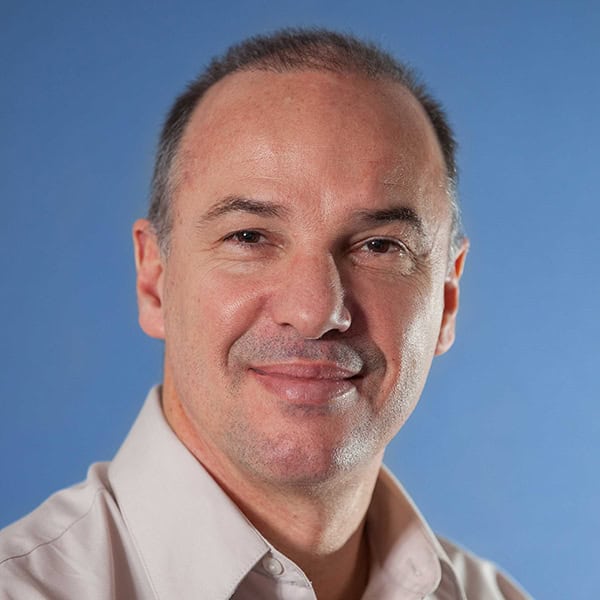
“We create and generate knowledge through our Knowledge Forums and the regional study groups.”
Asdrubal Falavigna
Chairperson AO Spine International Board
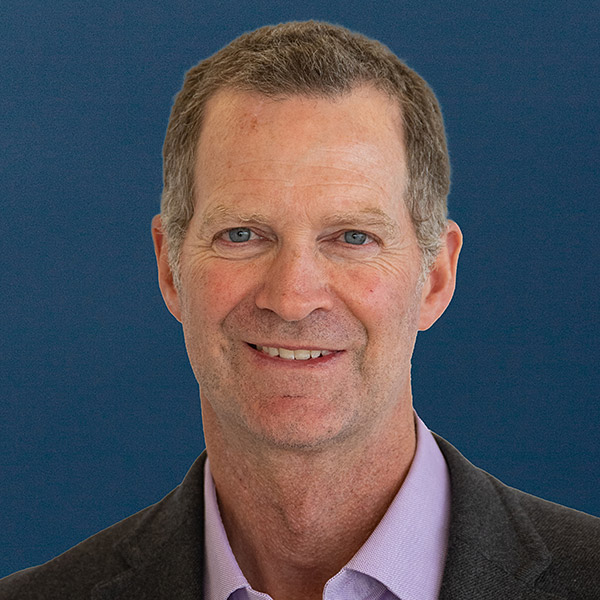
“We disseminate knowledge through thousands of courses, symposiums, and offerings such as the Global Spine Congress.”
Richard Bransford
Chairperson AO Spine Education Commission
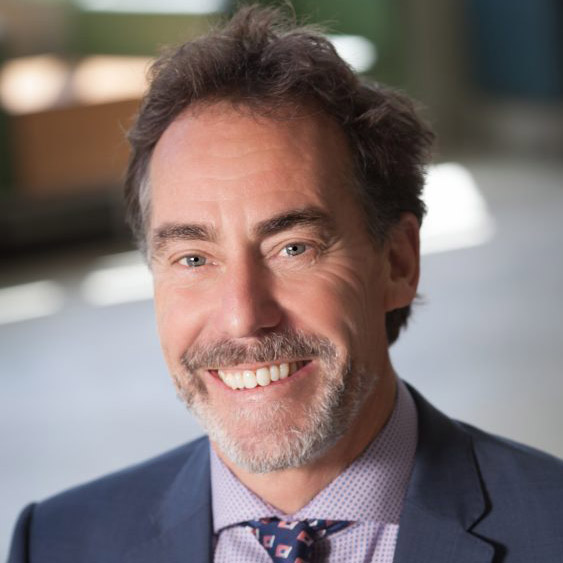
“Now, we need to build a bridge and connect those two dots of creation and dissemination. It is time to leverage what we already do by utilizing an organized and professional means of knowledge transfer.”
Charles Fisher
Chairperson AO Spine Research Commission
The science of knowledge translation
Academics have been scientifically investigating the concept of knowledge translation for several decades and have developed various frameworks over the years. Among the most prominent are the Knowledge-To-Action Cycle from the Canadian Institutes of Health Research (CIHR), the Promoting Action on Research Implementation in Health Services (PARIHS) framework, and the Knowledge Exchange Model. In summary, the following elements should be at the core of any knowledge translation effort:
- Determining the innovation: what concrete product, procedure, treatment, or service with the potential to enhance health outcomes will be translated into clinical practice?
- Specifying the actors and actions: which individuals or groups will either affect or be affected by the innovation, and who needs to do what differently? These stakeholders include medical professionals and patients, but also administrators, policymakers, regulators, industry representatives, research funders, and researchers themselves.
- Identifying the best agents of change: who is best placed to inform medical practitioners about— and motivate them to adopt—new innovations? Often, these agents will be peers or organizations with high credibility.
- Designing and implementing a knowledge translation plan: which strategies are most likely to promote behavioral change regarding the innovation at hand, and what barriers must be overcome? Research shows that educational outreach on specific clinical research outcomes, written reminders, and interactive educational meetings and workshops are among the most successful strategies.
- Evaluating the outcomes: how well has the plan worked? Formal evaluation frameworks are available to verify the success of knowledge translation activities and to determine their reach, effectiveness, implementation, and other aspects.
The AO—a knowledge translation superpower?
More than most organizations, the AO Foundation has great potential to turn itself into a knowledge translation superpower in the future. Not only is it very active in terms of generating its own research, for example through its own ARI research institute and its clinical divisions such as AO Spine and its Knowledge Forums, AO Trauma, and AO CMF. Thanks to its strong footing in training and education, the AO is also in the unique position of being able to use its own research results right away to inform efforts like the AO courses and the numerous other educational events it organizes around the world every year.
“From a patient care standpoint, a 17-year gap is unacceptable, “ Bransford says. “We have the opportunity and obligation to place the new knowledge we generate front and center and push implementation for the betterment of our patients and our society. There are no excuses, we can do better!”
The sustained effort the AO puts into the development of its international community of physicians, researchers, academics, and other stakeholders is another valuable asset in this regard. This is especially important when it comes to the local adaptation of research outcomes to various geographical regions. For instance, does it make sense to adapt a certain research result from Europe to a region like Latin America, where there are big differences in terms of patient population and healthcare standards? The AO's vast international network can be of great advantage in terms of answering questions such as these and accelerating research outcome uptake by its the global community.
You might also be interested in:
AO Knowledge Forums
AO Spine generates knowledge that matters to our members and to our patients, directly applicable to your clinical practice.
AO Spine Clinical library and tools
Designed to develop your competencies and improve your patient care.
AO Spine annual meeting GSC
The Global Spine Congress is we all come together to exchange ideas, network, and learn about the latest research and technologies in spine surgery.
Publish in AO Spine’s official journal
The Global Spine Journal is the first truly fully Open Access journal in the field of spine surgery with an Impact Factor.




